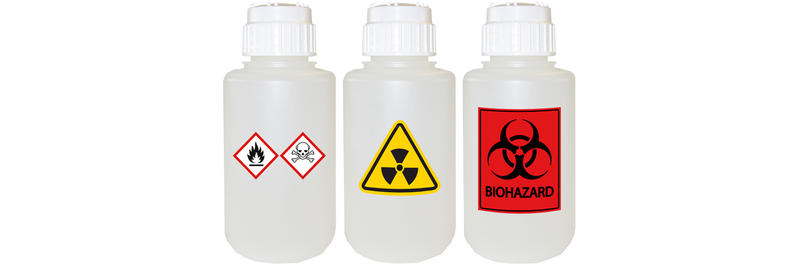Getting My Reclaim Waste To Work
Getting My Reclaim Waste To Work
Blog Article
The 6-Second Trick For Reclaim Waste
Table of ContentsThe Best Strategy To Use For Reclaim Waste8 Simple Techniques For Reclaim WasteThe Definitive Guide for Reclaim WasteGetting My Reclaim Waste To WorkReclaim Waste Fundamentals Explained
Explore the kinds, events, and forms of liquid waste. Domestic sewer waste refers to the waste and products from a residential septic system. This kind of waste is produced by people in houses, schools, and various other buildings. This only consists of septic containers that have a drainpipe field. The appropriate administration and disposal of domestic sewer waste need fluid waste to be moved to a sewage therapy plant where the correct techniques and devices are put on purify and deal with waste.
Industrial waste frequently includes possible risks, such as flammable products or a mixture of fluid and solid waste products, and requires an advanced and detailed disposal procedure. The disposal of commercial waste generally involves the purification of waste prior to transportation to ensure safe and proper disposal. Industrial waste is created from byproducts and drainage of industrial procedures and manufacturing.
This type of waste can not use the same sewer administration transportation or procedures as septic or industrial fluids. The industrial waste monitoring procedure calls for the evaluation and screening of liquid waste before it goes through the disposal process (liquid waste removal). Runoff waste is the liquid waste that comes from overflow and excess stormwater in extremely populated locations or cities
Runoff waste can cause contamination and flooding if not dealt with properly. Guaranteeing correct waste management can protect against disasters and minimize environmental injury.
The 25-Second Trick For Reclaim Waste
Contact PROS Solutions today to discover our waste management and disposal solutions and the correct ways to care for the fluid waste you produce.
(https://myanimelist.net/profile/reclaimwaste1)Do you recognize what occurs to your water when you disengage, flush the toilet or drain pipes the washing machine? No? Well, it deserves knowing. This supposed 'wastewater' is not only an important resource yet, after treatment, will certainly be released to our land, waterways or the ocean. Utilized water from toilets, showers, baths, cooking area sinks, washings and industrial processes is recognized as wastewater.

water used to cool machinery or clean plant and tools). Stormwater, a type of wastewater, is drainage that moves from agricultural and urban locations such as roofings, parks, yards, roadways, paths and gutters right into stormwater drains, after rain. Stormwater flows neglected directly to regional creeks or rivers, at some point getting to the sea.
The Ultimate Guide To Reclaim Waste
In Queensland, most wastewater is treated at sewage therapy plants. Wastewater is transported from residential or commercial websites via a more system of sewage systems and pump terminals, known as sewage reticulation, to a sewage treatment plant.
The Division of Natural Resources encourages city governments concerning handling, operating and keeping sewage systems and therapy plants. In unsewered areas, local federal governments may require homeowners to mount specific or household sewer therapy systems to treat residential wastewater from bathrooms, kitchens, restrooms and washings. The Department of Natural Resources authorizes using household systems when they are confirmed to be effective.
The majority of stormwater obtains no treatment. In some brand-new class, therapy of some stormwater to eliminate litter, sand and gravel has actually begun utilizing gross pollutant traps. Wastewater therapy takes place in four phases: Removes solid issue. Bigger solids, such as plastics and various other things wrongly discharged to sewage systems, are gotten rid of when wastewater is travelled through screens.
Uses little living microorganisms understands as micro-organisms to break down and get rid of staying liquified wastes and fine bits. Micro-organisms and wastes are incorporated in the sludge.
How Reclaim Waste can Save You Time, Stress, and Money.
Nutrient removal is not readily available at all sewage therapy plants because it calls for expensive specialist tools. Clear fluid effluent generated after therapy might still contain disease-causing micro-organisms - liquid waste disposal.

A lot of wastewater streams right into the sewage system. Under the Act, regional federal governments provide approvals and licences for ecologically appropriate activities (ERAs) including wastewater releases that may have a neighborhood impact.
The 25-Second Trick For Reclaim Waste
Otherwise, samples are taken for laboratory analysis. Often many examinations are required to establish the degrees of each of the various contaminants such as oils, hefty steels and pesticides in water. Monitoring supplies valid information regarding water high quality and can validate that licence conditions are being fulfilled. The info gotten through surveillance gives the basis for making water quality decisions.
Report this page